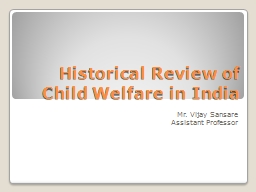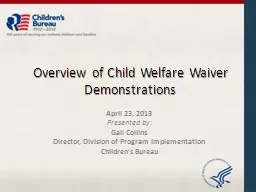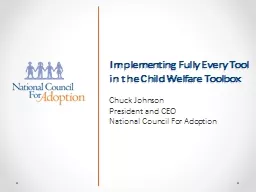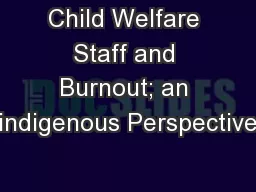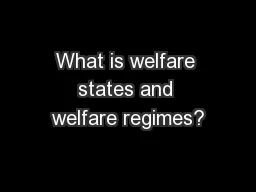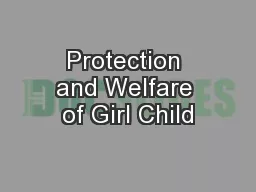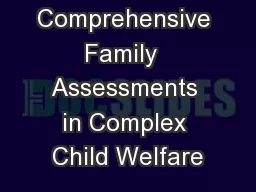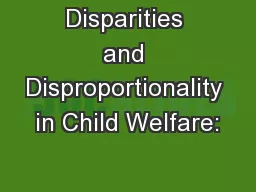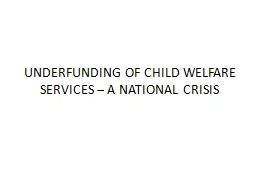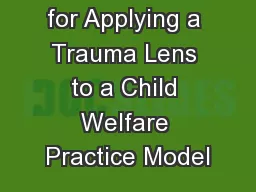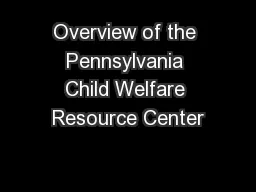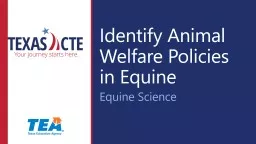PPT-Historical Review of Child Welfare in India
Author : jacey | Published Date : 2023-09-19
Mr Vijay Sansare Assistant Professor Introduction The governments of the bygone era did not consider child welfare as a part of their agenda as children were
Presentation Embed Code
Download Presentation
Download Presentation The PPT/PDF document "Historical Review of Child Welfare in In..." is the property of its rightful owner. Permission is granted to download and print the materials on this website for personal, non-commercial use only, and to display it on your personal computer provided you do not modify the materials and that you retain all copyright notices contained in the materials. By downloading content from our website, you accept the terms of this agreement.
Historical Review of Child Welfare in India: Transcript
Download Rules Of Document
"Historical Review of Child Welfare in India"The content belongs to its owner. You may download and print it for personal use, without modification, and keep all copyright notices. By downloading, you agree to these terms.
Related Documents

